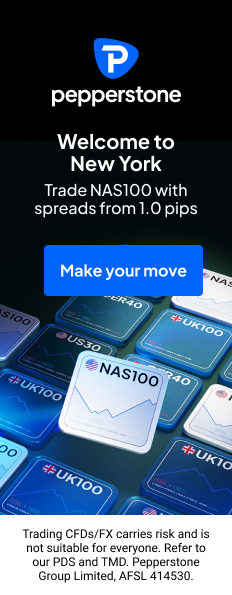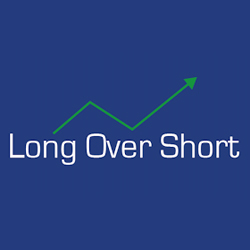Introduction: What Makes NFTs Unique?
Non-Fungible Tokens (NFTs) are blockchain-based digital assets that represent ownership of unique items such as artwork, music, domain names, or real estate. Unlike cryptocurrencies, NFTs are not interchangeable—each token is distinct, carrying individual value and metadata.

While the concept has gained widespread popularity, the NFT ecosystem is still evolving. As with any emerging technology, NFTs come with a unique set of risks and challenges that both creators and investors need to understand before engaging in the market.
Key Risks and Challenges in the NFT Ecosystem
1. Legal and Regulatory Uncertainty
NFTs lack a globally accepted legal definition, and countries are still developing frameworks for classification and regulation. This regulatory ambiguity poses challenges for enforcement, taxation, intellectual property rights, and investor protection.
There is a growing need for an international regulatory body or standardized framework to ensure legal clarity and consistency as the NFT market continues to expand.

Source: create.vista.com
2. Valuation Difficulties
One of the biggest hurdles in NFT trading is price determination. Unlike traditional assets, NFT values are driven by subjective factors such as rarity, creator reputation, market trends, and buyer sentiment. Without standardized pricing mechanisms, the market is prone to volatility and speculation.
3. Intellectual Property and Ownership Issues
Purchasing an NFT typically grants usage rights—but not full intellectual property rights—unless explicitly stated in the smart contract. Buyers must verify that sellers are the legitimate creators or owners of the content. Cases of fake NFTs, stolen artworks, and impersonations have raised serious concerns in this area.
4. Cybersecurity and Fraud
The digital nature of NFTs makes them vulnerable to scams, phishing attacks, and fake platforms. Counterfeit NFT marketplaces and impersonations of popular creators are common fraud tactics. Users may unknowingly purchase illegitimate assets or fall victim to phishing links disguised as airdrops or giveaways.
5. Smart Contract Vulnerabilities
Smart contracts govern the minting and transfer of NFTs. However, poorly coded contracts can be exploited by hackers, resulting in asset loss or market manipulation. As NFT platforms evolve, so too must the auditing and security of their underlying smart contracts.
6. Regulatory Classification as Securities
In some jurisdictions, NFTs may be classified as securities depending on how they are structured or promoted. This could subject them to strict securities laws, affecting how they are issued, traded, or taxed. Investors and creators must stay informed of legal developments to avoid compliance issues.
7. AML and CFT Compliance Gaps
NFT transactions often bypass traditional financial monitoring systems, raising concerns around Anti-Money Laundering (AML) and Counter-Financing of Terrorism (CFT). Regulatory bodies like the IMF have warned that the anonymity and global reach of NFTs can facilitate illicit financial activities if left unchecked.
Conclusion: Navigating the NFT Landscape with Caution
NFTs hold significant potential across creative and commercial sectors, but the market is still maturing. To participate safely and effectively, stakeholders must be aware of the associated legal, technical, and security challenges.
For the NFT space to thrive sustainably, the development of unified regulations, secure platforms, and clear standards is essential. While NFTs may still offer a more decentralized alternative to traditional systems, their long-term success depends on addressing these pressing risks.
Learn from market wizards: Books to take your trading to the next level


 Hot Features
Hot Features












